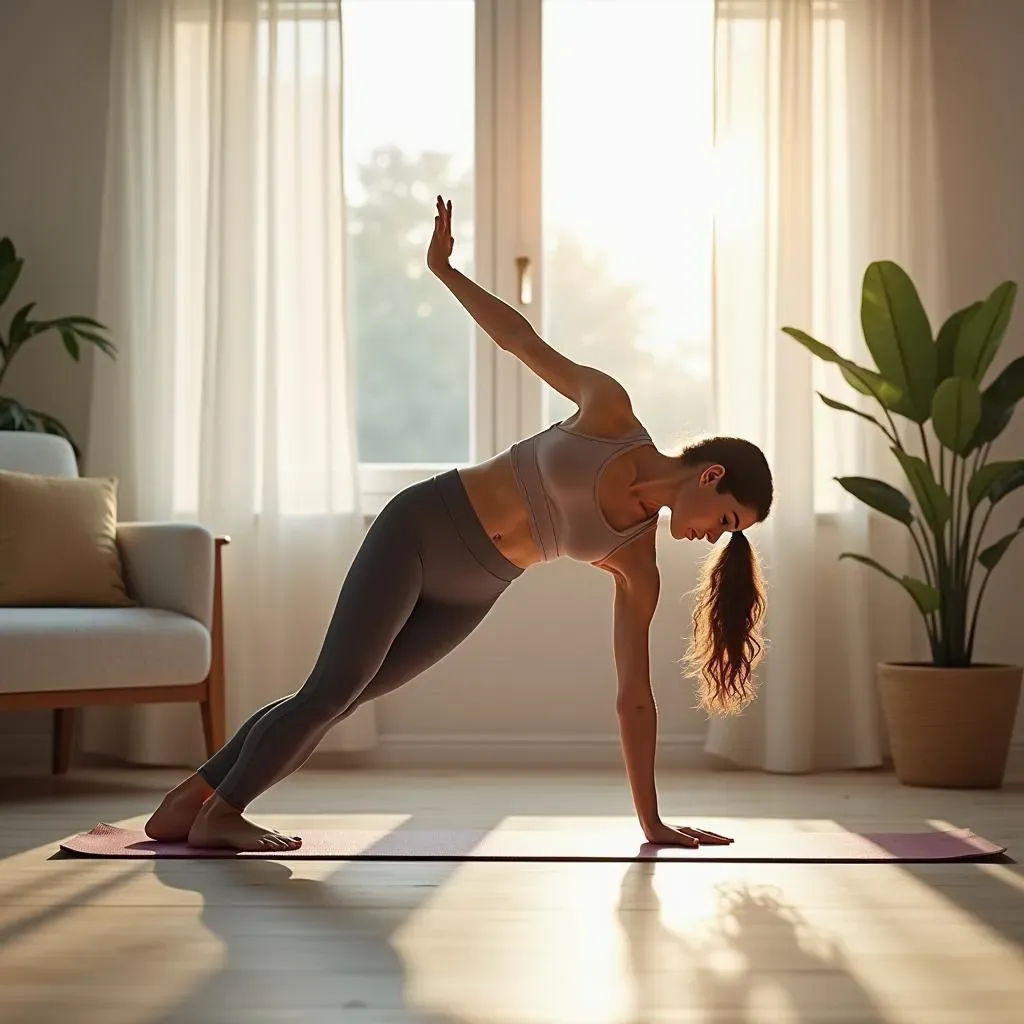Table of Contents
Feeling like getting in shape requires a gym membership, fancy equipment, and hours you just don't have? Maybe you've heard about Pilates but picture complicated machines or pricey studio sessions. Forget that noise. You absolutely can get a serious, effective workout without leaving your living room, and that's whereat home pilates workoutscome in. This isn't about pretending your yoga mat is a Reformer; it's about using your own body weight and smart, controlled movements to build strength you didn't know you had.
Why Start At Home Pilates Workouts? Benefits You Can't Ignore
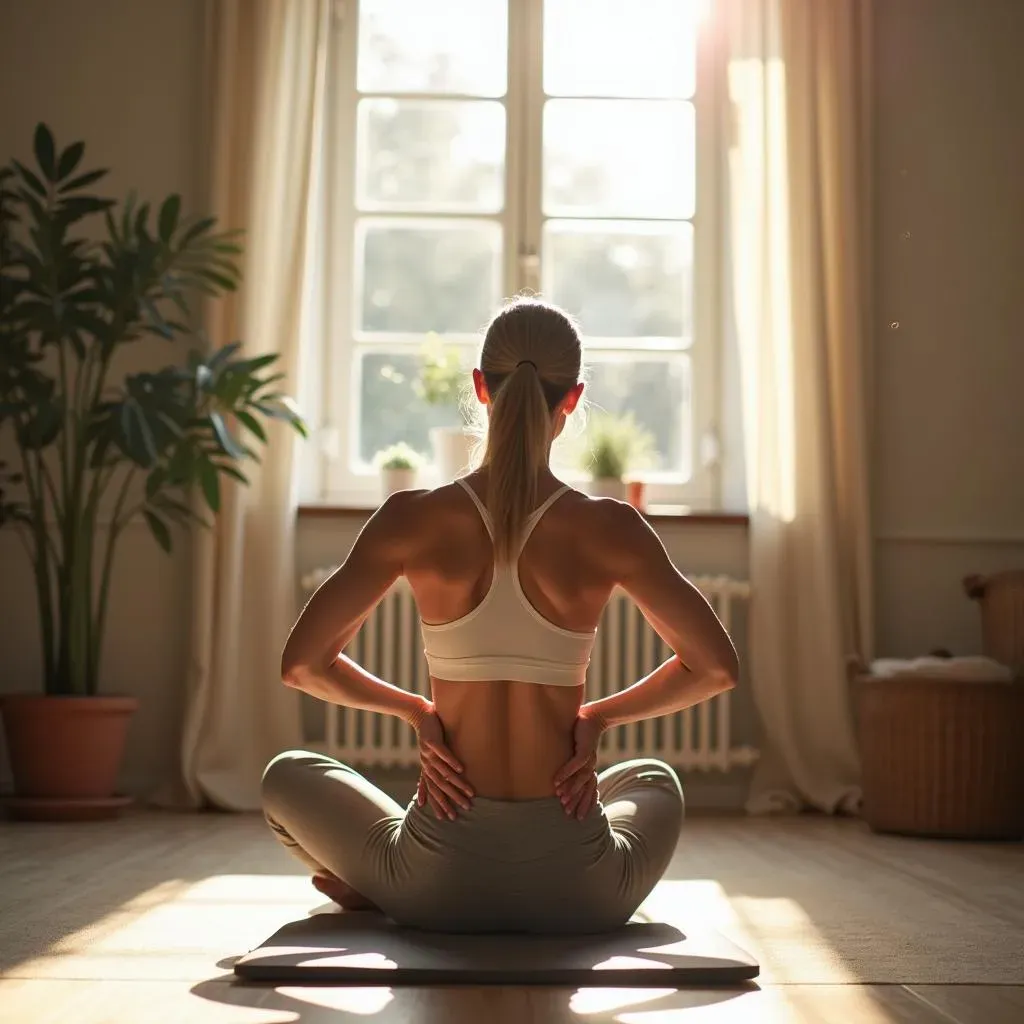
Why Start At Home Pilates Workouts? Benefits You Can't Ignore
Ditch the Commute, Embrace the Mat
Let's be real. Getting to a gym or studio can feel like another job. Traffic, parking, finding the right class time – it all adds up to reasons *not* to work out. That’s the beauty ofat home pilates workouts. Your studio is literally steps away, maybe even in your living room. No judgment if you're still in your pajamas (mine's the one with the questionable coffee stain). This accessibility isn't just convenient; it removes a significant barrier for staying consistent. Consistency, as we all know, is where the actual results live, not in the occasional heroic gym session.
Build a Core of Steel (Without the Iron)
Pilates is famous for its focus on the core, and for good reason. It's not just about visible abs; it's about the deep, stabilizing muscles that support your spine and power everything you do. Think of your core as the foundation of your house. If it's shaky, the rest of the structure suffers.At home pilates workoutstarget these muscles with precision, improving posture, reducing back pain (a common complaint in our desk-bound world), and making everyday movements feel easier. You learn to move from your center, which is frankly, a game-changer.
- Improved core strength and stability
- Better posture and body alignment
- Reduced back pain
- Increased flexibility and range of motion
- Enhanced body awareness
Flexibility and Flow, Minus the Fuss
Beyond the core,at home pilates workoutswork your entire body, stretching and strengthening muscles in a balanced way. This isn't about forcing yourself into pretzel shapes; it's controlled elongation that improves flexibility and joint mobility. Better flexibility can mean fewer aches and pains, and a lower risk of pulling something stupidly, like reaching for the top shelf. Plus, the focus on breath and controlled movement brings a mental clarity that's hard to beat. It’s moving meditation, but you actually get strong doing it.
Your 20Minute At Home Pilates Workout: The Moves
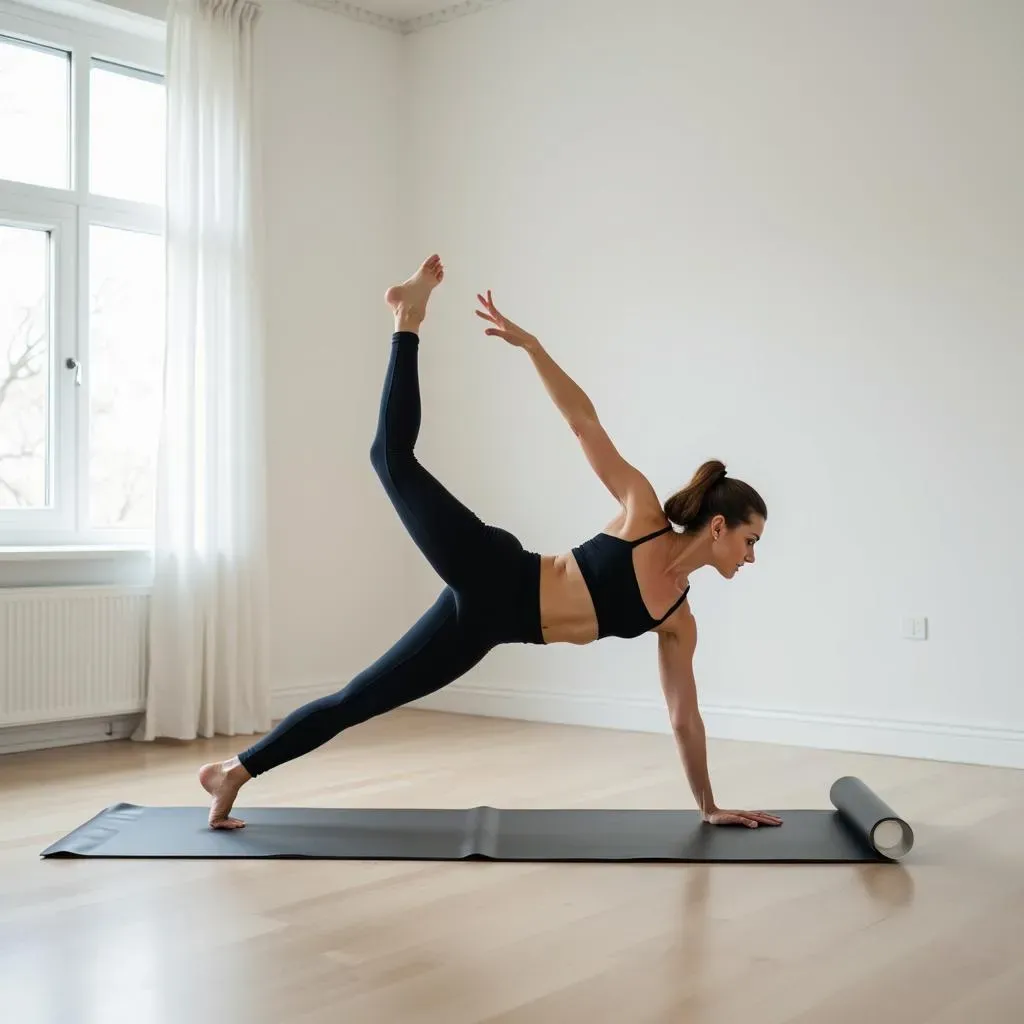
Your 20Minute At Home Pilates Workout: The Moves
Alright, so you're convinced thatat home pilates workoutsare worth your time – great. Now for the nitty-gritty: what do you actually do for those 20 minutes? We've pulled together a sequence that hits the major muscle groups, focusing on that core connection Pilates is known for, but working your legs, arms, and back too. This isn't a random collection of exercises; it's designed to flow, building heat and challenging your stability and strength progressively. Remember, the goal here is control and quality of movement, not speed. Think mindful effort, not frantic flailing. We're about to break down the specific exercises that make upYour 20Minute At Home Pilates Workout: The Moves.
Making the Most of Your At Home Pilates Workouts: Tips for Every Level

Making the Most of Your At Home Pilates Workouts: Tips for Every Level
Starting Slow and Smart: Tips for Beginners
Jumping intoat home pilates workoutsmight feel a bit awkward at first. You're figuring out the moves, trying to connect with muscles you didn't know existed, and maybe wondering if you're doing it right. This is totally normal. The biggest mistake beginners make is trying to rush or push too hard. Pilates is about control and precision, not cranking out reps like a machine. Focus on understanding the movement from your core. If an exercise feels wrong or you can't maintain form, modify it. It's better to do fewer reps perfectly than many reps poorly. Think of it as learning a new language with your body.
Don't get discouraged if you can't do every exercise exactly as shown right away. That half roll-down might feel more like a full flop initially. That's fine. Acknowledge it, maybe chuckle a little, and try again next time. Consistency beats intensity when you're starting out. Just showing up on your mat a few times a week is a win. Pay attention to your breath – it's a fundamental part of Pilates and helps you engage your core and flow through the movements. Listen to your body; it's usually telling you something important.
- Start with shorter sessions (like our 20-minute routine).
- Focus intensely on proper form over speed or reps.
- Use modifications if a move is too challenging.
- Pay attention to your breath and how it connects to movement.
- Be patient with yourself; progress takes time and practice.
Adding Challenge and Depth: Tips for Experienced Practitioners
So, you've been doingat home pilates workoutsfor a while. The basic moves feel comfortable, maybe even a bit easy. Great. This is where you start refining and adding complexity. Joseph Pilates himself had variations for days. Look for ways to increase the intensity without sacrificing form. Can you deepen the core engagement? Can you extend the range of motion slightly? Can you slow down the movement even further to increase time under tension? Small adjustments can make a huge difference.
Consider adding props. A simple resistance band can make leg work significantly harder. A small ball placed strategically can increase core challenge or provide support. Even just stacking a few books under your head for certain exercises can help maintain proper spinal alignment. Explore more advanced variations of the classic exercises. The Hundred, for example, has levels that will make you question your life choices (in a good way). It's about finding that sweet spot where you're challenged but still in control, pushing your limits without resorting to sloppy execution.
What You Need for At Home Pilates Workouts (Spoiler: Not Much)
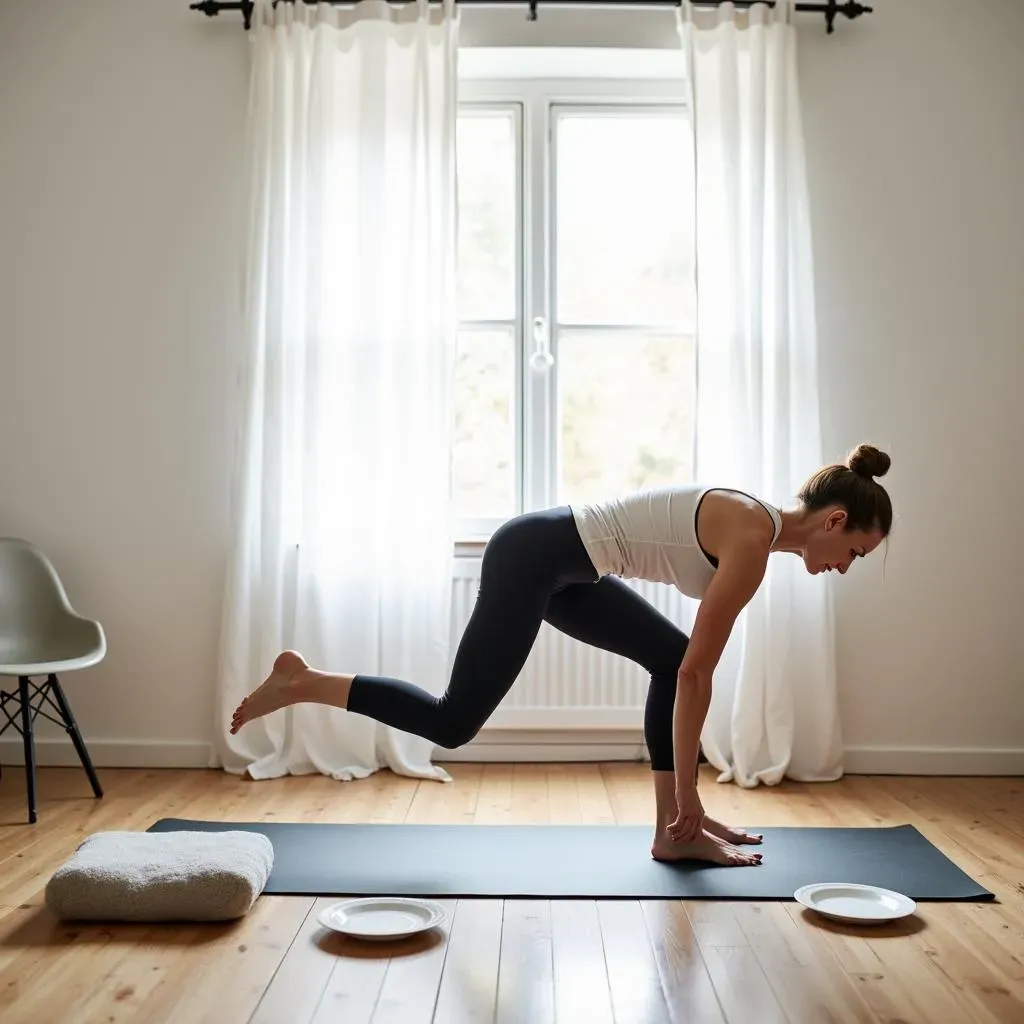
What You Need for At Home Pilates Workouts (Spoiler: Not Much)
Just You and a Mat (or a Towel)
let's cut to the chase about gear forat home pilates workouts. You don't need a room full of contraptions that look like medieval torture devices. Seriously. The absolute core requirement is a comfortable surface. A yoga mat works perfectly. It provides a little cushioning for your spine and joints on hard floors and offers some grip. If you don't have a mat, a thick towel folded over a few times on a carpeted area will do the trick, especially when you're just starting out. The beauty here is the simplicity; it’s designed to be done with your body weight and control.
A Few Handy Helpers (But Not Required)
While you can absolutely crush a great session with just a mat, a few small, inexpensive items can add variety or comfort to yourat home pilates workouts. A small hand towel can be useful for support under your neck or for adding a sliding challenge on smooth floors. Some people like small hand weights (think 1-3 pounds) to add a bit of resistance to arm work, though controlled movement is more key in Pilates than heavy lifting. A small, squishy ball (like a Pilates ball, or even a kid's playground ball) can be placed between knees or ankles to encourage inner thigh engagement, or behind your back for support in rolling exercises.
- Yoga mat or thick towel
- Small hand towel for support or sliding
- Light hand weights (optional)
- Small ball (optional, can use a cushion)
Improvise Like a Pro
Look, nobody's asking you to build a Reformer out of PVC pipes (though someone on the internet probably has). But you can get creative with household items for yourat home pilates workouts. No small ball? A firm cushion or even a rolled-up sweater works just fine between your knees. Need something to slide on carpet? Paper plates or furniture sliders are your friend. On a smooth floor? Grab some dishtowels. The point is, don't let lack of specific equipment be an excuse. Joseph Pilates developed many of his exercises for prisoners of war using just mats and whatever was available. If they could do it, you can probably manage with what's under your sink.
"Contrology [Pilates] is not a system of exercises... but rather a science of physical and mental coordination." - Joseph Pilates. He wasn't selling gear; he was selling a method.
Quick Review: Is At Home Pilates Right for You?
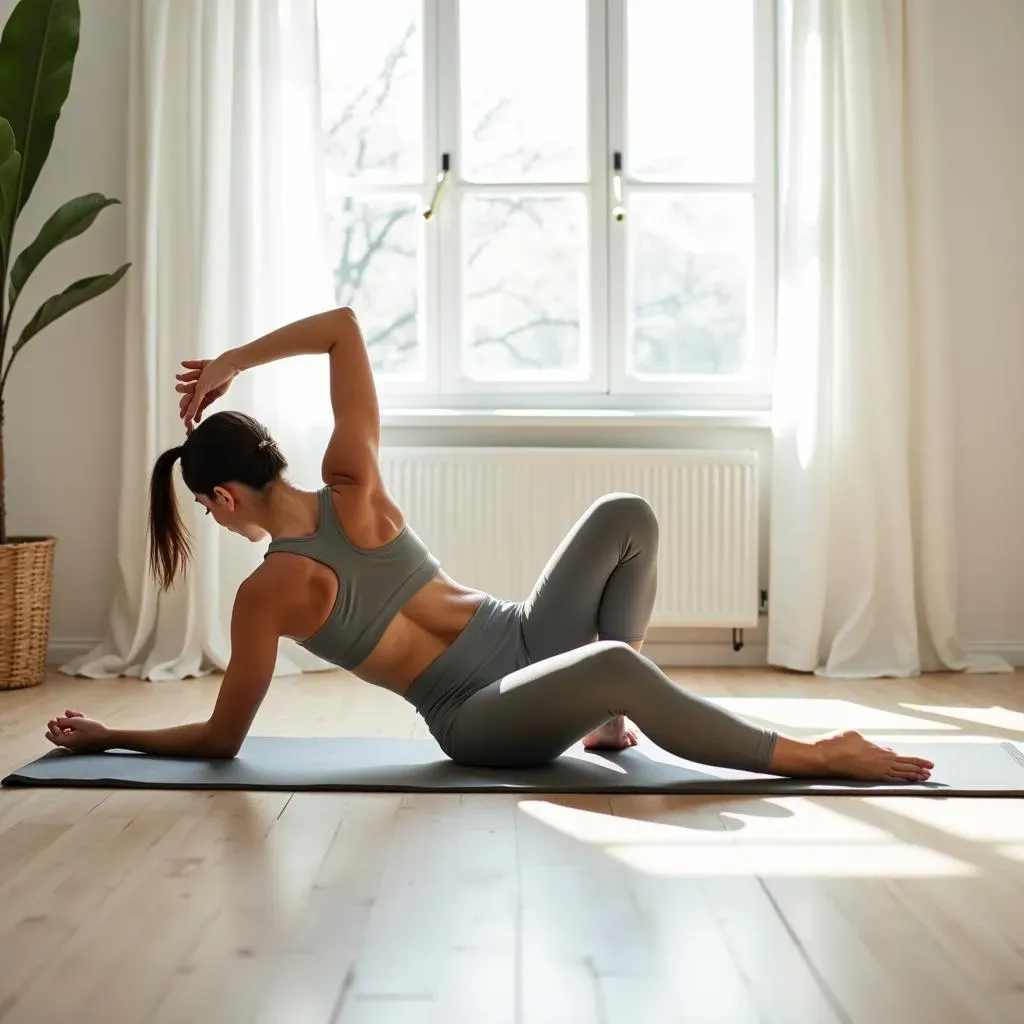
Quick Review: Is At Home Pilates Right for You?
So, you've read through the benefits, seen the workout, and scoped out the minimal gear needed forat home pilates workouts. The big question remains: is this actually for you? If you're looking for a workout that builds strength from the inside out, improves how you move in daily life, and doesn't require you to leave your house or spend a fortune, the answer is likely yes. It's not about crushing weights or running marathons; it's about controlled, precise movement that strengthens your body intelligently. If patience and a focus on form over speed sound like something you can commit to, even for 20 minutes a few times a week, then giving it a shot seems like a pretty low-risk proposition with potentially high rewards.
Wrapping Up Your At Home Pilates Journey
So, there you have it. Bringing Pilates into your home isn't some mystical practice reserved for the bendy elite. It's a practical way to build foundational strength, improve how you move, and feel more connected to your body without needing a dedicated studio or expensive equipment. Consistency is the real magic trick here, not perfection on day one. Starting with simpleat home pilates workouts, even just 20 minutes, can genuinely shift things – from how your back feels after a long day to how much easier everyday movements become. Give it a shot, stick with it, and see what your body can do.
